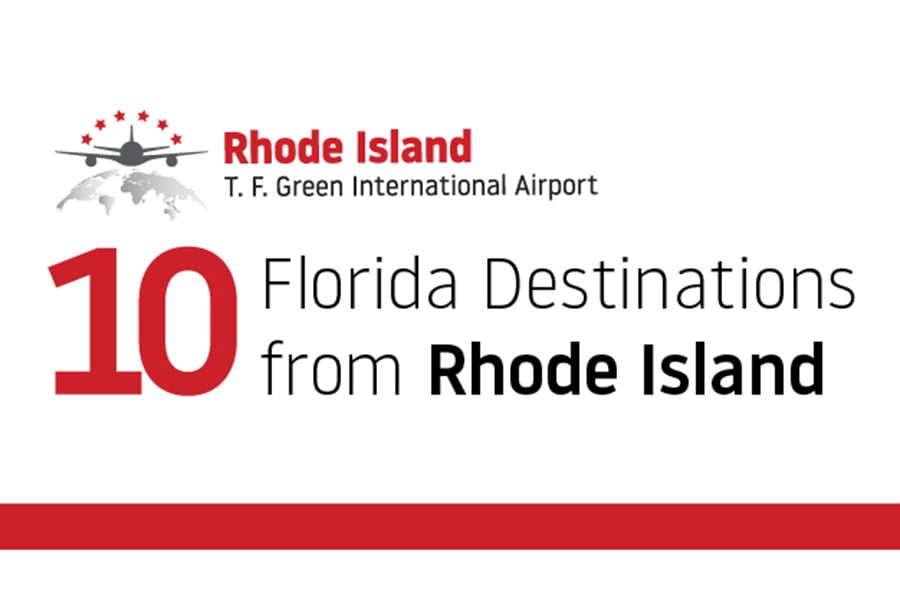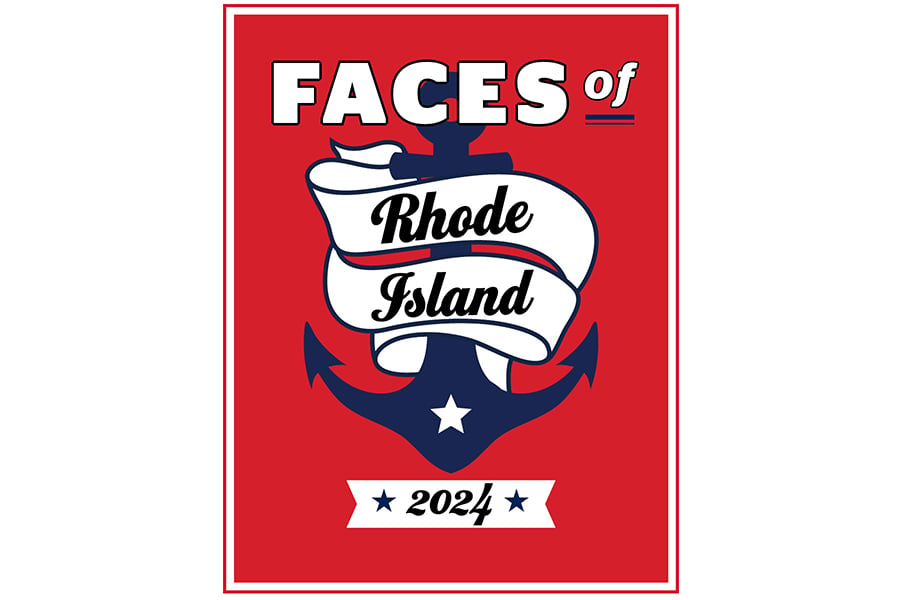Penguins Make a Splash at Roger Williams Park Zoo This Weekend
The brand new exhibit could look a little different from what you might expect.
Following the bittersweet announcement earlier this year that the elephants will soon be leaving Roger Williams Park Zoo, local animal lovers can now enjoy some good news: Nearly a dozen cute and quirky penguins will be making a splash at the Providence park starting Memorial Day weekend.
While the kickoff to summer may seem like odd timing to introduce animals so oft associated with frigid temps and large swaths of ice, the newcomers are in fact Humboldt penguins, a breed that hails from hot and arid coastal regions of Chile and Peru. Standing at about fifteen to eighteen inches tall and averaging around nine pounds each, these quirky birds favor rocky environments near nutrient-dense waters. As of this writing, eight of the birds have already migrated to their new home, with five already on exhibit — Goat, Sharky, Solo, Tal Tal and Noname (pronounced no-nah-mi) — and three more waiting to be cleared from quarantine. Four additional penguins are said to be on the way.
Aptly named Penguin Point, the new exhibit is housed in the former seal and sea lion area, and includes a large pool, indoor space and encounter area (yes, you read that right: there will be meet-and-greet opportunities in the future!). It is also one of only twenty-four facilities to provide a home and care for Humboldt penguins in North America. Longtime zoo-goers, however, will remember that Roger Williams is no stranger to the species.
“I worked with the penguins when they were here previously — the zoo had Humboldts I believe from 1998 until we sent them out in 2013,” says Anne Tan, the zoo’s lead keeper of Penguin Point, North America and the Marco Pol Adventure Trek. “And a little zoo history for you: prior to 1998, it had African Penguins.”
While African Penguins are usually more well known, Tan says she has a soft spot for the Humboldt species.
“I have a lot of experience working with them. New England and Mystic both have Africans penguins, so it’s nice to have something unique and specific for the people of New England to enjoy and just come here to see a different species,” she says. “Humbolds are also gentler than Africans, and they certainly have their own personalities.”
In fact, when Tan worked with them in the past, she could easily tell them apart not just by their markings, but even by their calls alone, which are individual to each bird. (Curious what a penguin’s call sound like? “Deep, like braying donkeys,” she says with a laugh.) She also compares them to cats as they can be picky with both their food and their affection. While the current group has not been in Providence long enough for them to come out of their shells quite yet, Tan has already noted that the female, Noname, is quite sweet and will most likely make a great “encounter” bird. The rest of their personalities will shine through with time as they get more comfortable in their new space — a feat that should be made all the easier with a fresh hand-fed diet of herring, kipling and smelt, along with planned enrichment.
The creation of this brand-new exhibit has been in the works for more than two years and is the latest example of the zoo’s ongoing Species Survival Program, which “facilitates collaborative breeding and transfer initiatives with other accredited zoos and aquariums, thereby promoting a healthy and genetically diverse population.” Humboldt penguins have been designated “vulnerable” by the International Union for Conservation of Nature since 1988, and they are regarded as one of the highest at-risk species out of the world’s seventeen known penguin species. While there were more than a million Humboldts documented in the mid-nineteenth centuries, estimates now count for about 12,000 breeding pairs internationally. Primary threats include overfishing of the penguins’ primary prey, accidental capture in fishing nets and climate change disrupting food sources. Guano harvesting for fertilizer is also said to play a part in destroying crucial nesting sites.
So, is there a chance baby penguins may be in the zoo’s future?
“Humboldts typically mate for life and lay two eggs at the same time; the parents can raise both chicks at the same time. The incubation for the eggs is forty to forty-six days, and chicks will fledge at about seventy to ninety days,” she says. “But Humboldts can typically nest during any season while in captivity, so it will be interesting to see what these ones do!”
To learn more, visit rwpzoo.org.





























